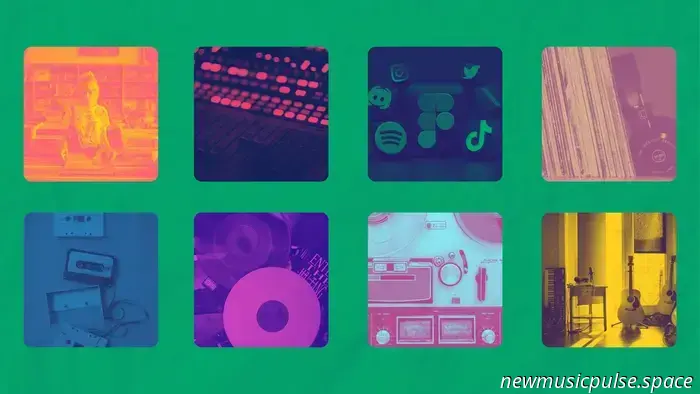
The KPI-driven model of music streaming exploits both artists and listeners. Is there a way to escape this frustrating, cheapened experience?
I have a strong aversion to music streaming.
This may seem strange—I’ve been writing about music for many years, and with the unparalleled access to artists, one would expect me to feel elated rather than anxious. Allow me to elaborate.
In 2010, I was downloading Franz Ferdinand’s debut album from Mediafire. I googled “franz ferdinand franz ferdinand rar mediafire” (before a flood of articles from LLMs inundated it) and hit download. For six years prior, I had been a self-proclaimed pop culture contrarian, refusing to listen to anything less than 40 years old—like a middle schooler who pretended to appreciate Bach but felt a sudden rush of excitement contrary to his Catholic upbringing during 7th grade dances while “Take Me Out” was playing. Eventually, I succumbed to that excitement.
That summer, my routine involved visiting Wikipedia, picking a genre, downloading several albums from Mediafire, and simply listening. Up until around 2020, I maintained this ritual. If you asked me about any year or season between 2010 and 2020, I could tell you exactly what music defined that phase of my life, down to the track numbers. My music collection, organized by download date, mirrored the progression of my life.
However, around 2020, streaming expanded to the point where my reluctance became untenable. It overshadowed alternative listening options, and the cost-benefit ratio of keeping my own music collection shifted in favor of streaming.
Some accused me of being stubborn, and one person insisted, “Apple is the future!” But my ritual encouraged concentration on listening. After starting my career as a music journalist and reviewer in 2017, it made sense to take some ownership of my listening experience. Standardizing artist information? Absolutely. Correcting track names manually due to errors from the .RAR downloads? Perfect. It was all about immersing myself in the music, akin to cooking or taking notes by hand.
The transition to streaming fundamentally disrupted my music listening habits and, I believe, the broader landscape of music consumption. Why? My passion for music nearly disappeared by 2022.
* * *
Streaming platforms dominate the music landscape, but I believe they are not particularly effective for that purpose.
First, let’s consider user experience. Despite how convoluted my early listening habits were, they remained fairly straightforward—nothing disrupted the process. Download, extract (dismiss the WinRAR popup), listen. On the other hand, streaming, despite its touted convenience, complicates this. I primarily use YouTube Music, and every time I open the app, I’m overwhelmed by an interface that looks something like this:
Regrettably, yes, I have revisited Grimes.
Podcasts! Energize! Workout! From the community! Even the categories that occasionally benefit me are cloaked in hyperbolic Millennial marketing language. Instead of simply “Recent,” we have “Speed Dial.”
The assertion that streaming UX design reduces deep focus seems clear—the moment I open the app, I often forget what I originally intended to listen to, and applications are designed to keep you engaged for as long as possible. The claim that streaming disrupts music listening habits is more complex. For support, I reference Liz Pelly, who excels at analyzing the intersection of music and technology. In her article "The Problem with Muzak," Pelly convincingly argues that music streaming platforms aim to turn music into “emotional wallpaper.”1 She states,
“[Playlists are] also tied to what its algorithm manipulates best: Mood and affect. Notice how the generically designed, nearly stock photo images that accompany these playlists utilize the same clickbait tactics as content farms, which are recognized for appealing to basic human emotions and instincts. Here, the goal is to fit music snugly into an emotional regulation capsule optimized for maximum clicks: ‘chill.out.brain,’ ‘Ambient Chill,’ ‘Chill Covers.’ ‘Piano in the Background’ aptly describes one of the most fitting titles; ‘in the background’ could be added to most Spotify playlists.”
Music streaming applications, with Spotify as a significant disruptor in this aspect, promote a playlist-centric approach to music listening. This method, as Pelly indicates, cultivates (or at least reflects) a demographic of “anesthetized” listeners more focused on mood and vibe than attachment to specific artists. The “always-on” nature of streaming elevates chill music and transforms it into something that exists solely to enhance productivity or drown out distractions. This shift reduces music consumers from active participants to mere subjects—more so than methods like radio, as the curator shifts from an individual DJ with unique tastes to a corporation analyzing trends and maximizing




AMORE is set to launch their debut album 'Top Hits, Ballads, etc...' this Spring. The versatile artist from Madrid has delivered a series of must-have singles, including 'Last Maria On.
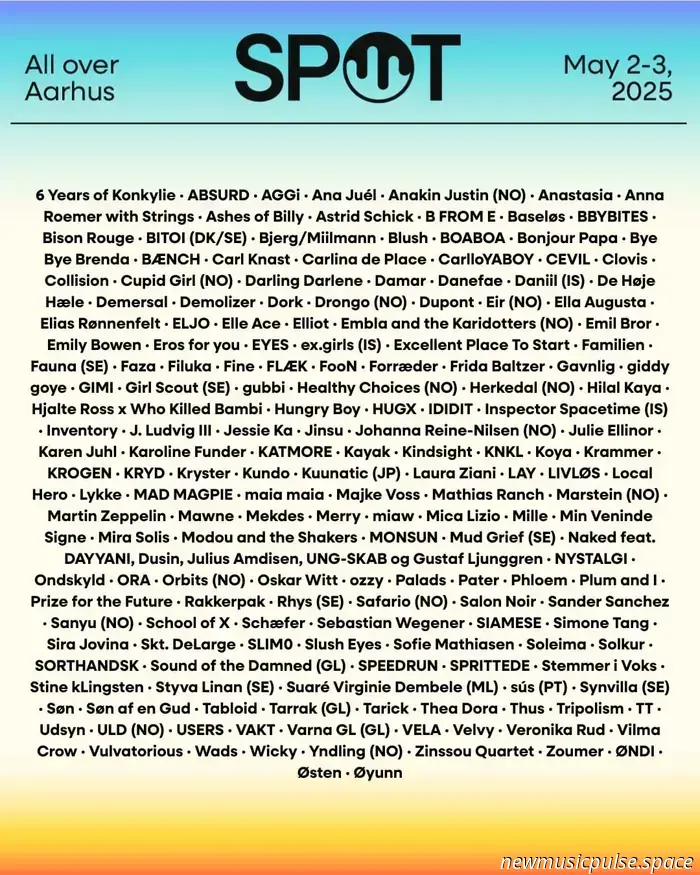
The SPOT Festival has announced the complete lineup for this year's event. The showcase takes place in the charming, historic city of Aarhus, Denmark, and has expanded.
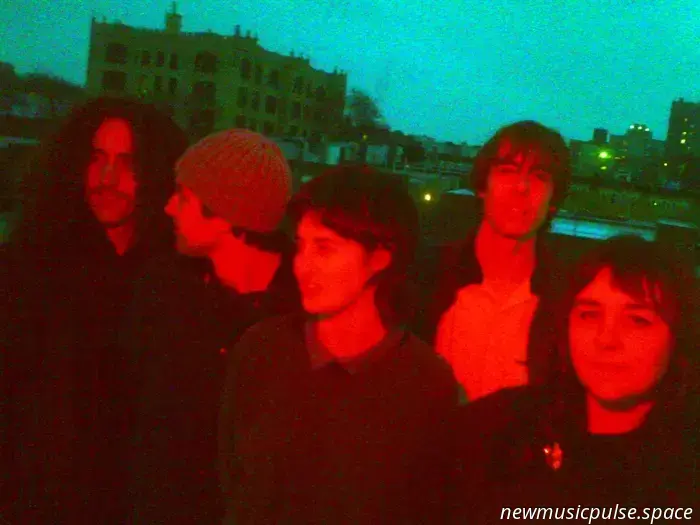
The Atlanta indie rock group Lunar Vacation initiates the discussion – allowing their audience to interpret the rest – with their emotive and intensely genuine new single, “Lights Off.”
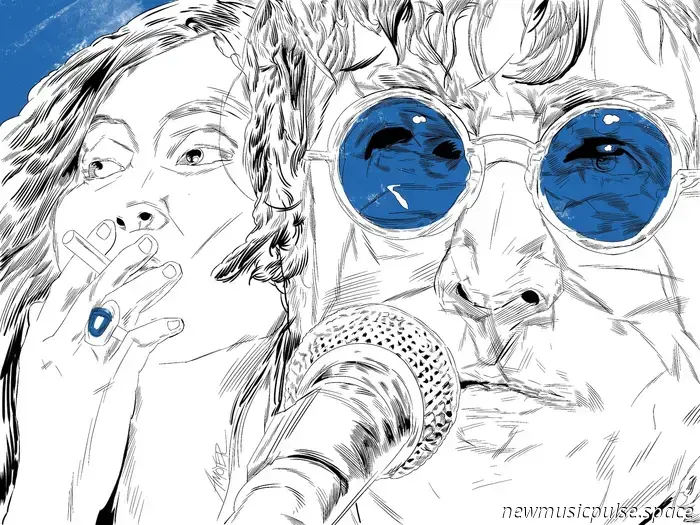
To commemorate Women’s History Month, Aidan Moyer from Atwood Magazine evaluates an early screening of 'One to One,' a new documentary featuring Yoko Ono that chronicles the artistic and activist endeavors of the Ono-Lennons in New York City during the early 1970s.
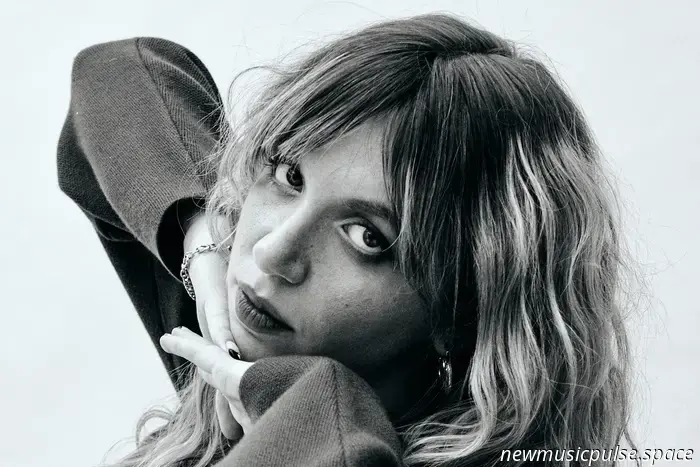
British singer-songwriter Maya Delilah finds inspiration in various sources and aims to inspire that same creative energy in young women globally, all while creating music that embodies free and beautifully crafted expression. Her debut album 'The Long Way Round' serves as a master class in blending genres and offers an exciting introduction to one of North London’s most captivating new talents.
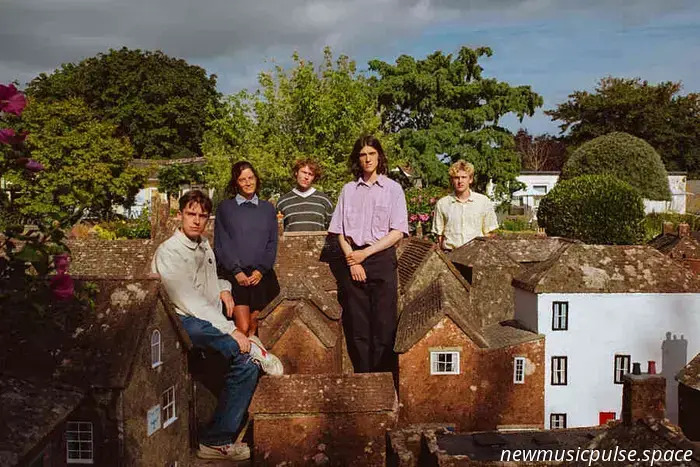
Quickly gaining traction with the release of his debut album, Welly is the clever newcomer set on making music enjoyable once more.
The KPI-focused model of music streaming deceives both artists and listeners. Is there a way out of this ridiculous, low-quality experience?